Medical conditions may masquerade as spine pain

Pain in your lower back. Cramps shooting down your leg. That “pins and needles” feeling. When you have these symptoms, you may assume you have a problem with your spine.
Advertisement
Cleveland Clinic is a non-profit academic medical center. Advertising on our site helps support our mission. We do not endorse non-Cleveland Clinic products or services. Policy
“The problem with assuming is that we often see people who have medical issues that are mistaken as only a spine issue, when it could be a medical issue on its own — or a combination of the two,” says physical medicine/rehab specialist Tagreed Khalaf, MD.
For example, lumbar spinal stenosis is a nerve problem and peripheral arterial disease is related to blood flow, but the two have many symptoms in common. So do spinal stenosis and neuropathy of diabetes (previously referred to as diabetic neuropathy), which is nerve damage in the legs and feet. And disk issues can feel a lot like inflammatory arthritis.
Spinal stenosis is one of the most common causes of spinal pain not related to injury. This narrowing of the space around the spinal cord puts pressure on the nerves. If you have the following symptoms, spinal stenosis may be to blame:
However, Dr. Khalaf notes how common “false positives” are. “Around 21% of asymptomatic people over age 60 will show signs of spinal stenosis on an MRI,” she says. “And sometimes spinal stenosis and peripheral arterial disease co-exist. That’s why you need a physical exam, and possibly other tests, to get a clear diagnosis.”
Advertisement
There are a few ways to tell the difference between spinal stenosis and something more serious:
“Serious issues such as malignancies or abdominal aortic aneurysms rarely present with spine symptoms,” Dr. Khalaf says, “but sometimes they do. They’re serious enough that ruling them out is important.”
If you do have spinal stenosis, there are several treatments:
There’s only one major tip here: See a doctor, whether it is your primary care physician or a specialist. Each condition that mimics spinal problems comes with its own treatments, but the first step is an accurate diagnosis. For example, a nerve test such as electromyography (EMG) can help a doctor spot neuropathy, and a blood-flow test such as the ankle-brachial index (ABI) can distinguish between spinal stenosis and peripheral arterial disease.
“It’s so important to look at all of your symptoms and history and do a thorough examination,” Dr. Khalaf says. “It’s how we can tell the difference between a back issue and a medical condition.”
Advertisement
Learn more about our editorial process.
Advertisement

Back spasms, shingles and disk conditions can all feel like a burning sensation

The short answer from a spine specialist
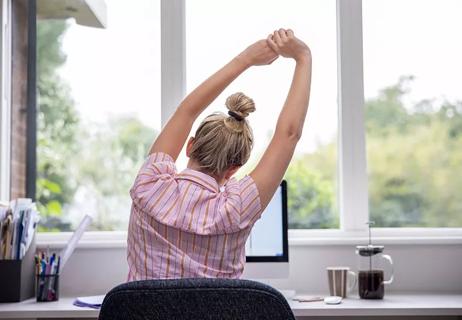
5 stretches and exercises to relieve pressure on your spine
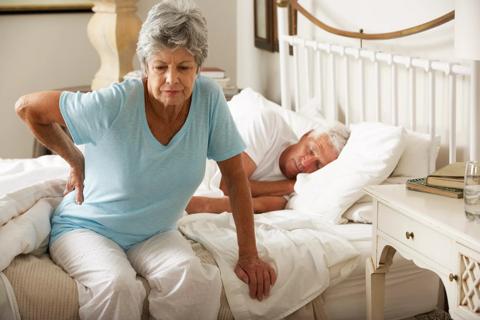
Going beyond medications, physical therapy and injections
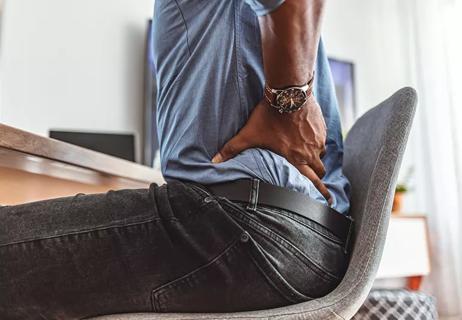
The short answer from a spine health expert
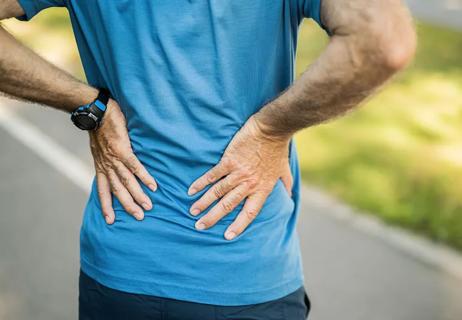
Back injury red flags and warning signs
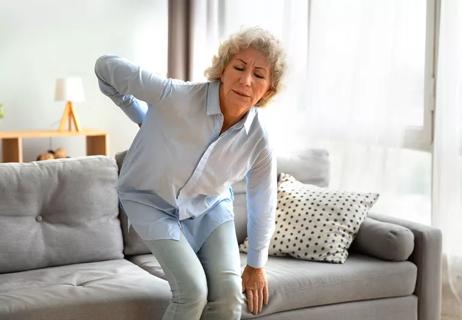
How to pinpoint the source of your pain
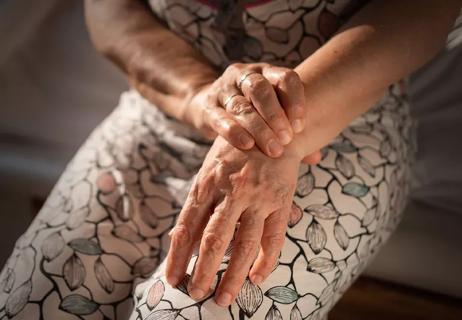
Simple exercises like tendon glides and finger lifts can have a big impact

Type 2 diabetes isn’t inevitable with these dietary changes

Applying a hot or cold compress can help with pain